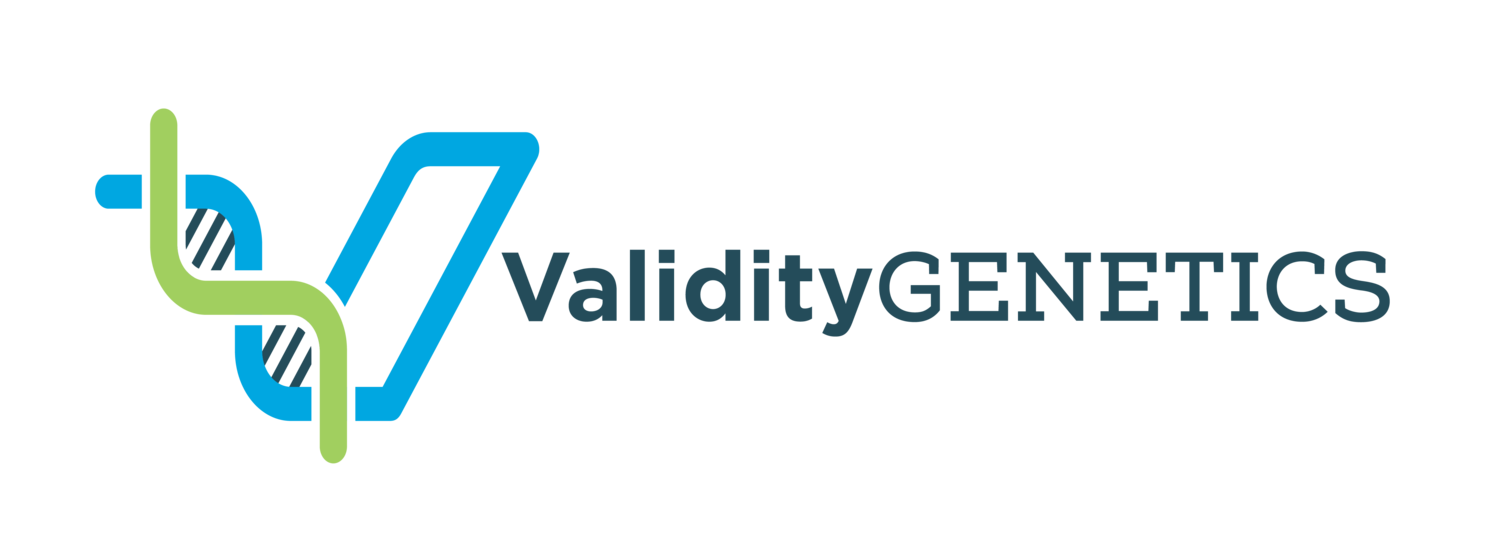Sibling DNA Testing: How it Works
Sibling DNA Testing: Proof of Relation
When siblings want to confirm their biological relationship, a sibling DNA test provides scientific proof. Whether for personal knowledge, legal cases, or immigration purposes, this type of DNA test determines whether two individuals share one or both parents. Unlike paternity tests, which provide a definitive yes or no answer, sibling DNA tests rely on probability, making them a unique and valuable tool in relationship DNA testing.
Why Get a Sibling DNA Test?
People seek sibling DNA testing for many reasons, including:
Confirming Full or Half-Sibling Status – When paternity or maternity is in question, sibling testing can clarify if two individuals share both, one, or no parents.
Legal and Inheritance Claims – Courts may require sibling DNA tests in cases of disputed inheritance or estate claims.
Immigration Applications – Some visa applications require proof of a biological relationship when other documentation is missing.
Peace of Mind – Many people take a sibling DNA test simply to confirm family connections.
How Sibling DNA Testing Works
Sibling DNA tests compare the genetic markers of two individuals to determine the likelihood that they share one or both parents. Because siblings inherit different combinations of DNA from their parents, the test examines multiple locations across the genome to establish a probability of relationship.
Full Siblings: Share both biological parents and will have a higher percentage of matching DNA.
Half-Siblings: Share only one biological parent and have fewer matching markers.
Unrelated Individuals: Have significantly lower shared DNA percentages.
The test provides a probability percentage rather than a definitive yes or no answer. A probability above 90% strongly suggests a biological relationship, while a probability below 10% suggests no biological relation.
Types of Sibling DNA Tests
There are different ways to conduct a sibling DNA test, depending on the available family members:
Standard Sibling Test – Compares DNA between two alleged siblings without parental samples.
Enhanced Sibling Test – Includes the known parent’s DNA (such as the mother) to improve accuracy.
Extended Family Testing – May include aunts, uncles, or grandparents to increase the reliability of the results.
Whenever possible, adding a known parent’s DNA sample improves accuracy by eliminating genetic material from one side of the family.
Accuracy and Turnaround Time
Standard buccal swab tests provide results within 2-3 business days.
Forensic samples (hair, toothbrush, or clothing) take 5-7 business days and may have a higher risk of degraded DNA.
The more relatives tested, the higher the accuracy of determining sibling relationships.
Common Misconceptions About Sibling DNA Testing
1. All Siblings Share the Same Amount of DNA
False. Full siblings do not inherit identical DNA from their parents, which is why DNA tests rely on statistical probability rather than an absolute match.
2. A Sibling DNA Test Is as Accurate as a Paternity Test
Paternity tests provide a 99.99% definitive result, while sibling DNA tests rely on probability percentages, making them slightly less conclusive.
3. Half-Siblings and Cousins Have the Same DNA Match Percentage
Not true. Half-siblings share about 25% of their DNA, while first cousins typically share around 12.5%.
How to Get a Sibling DNA Test
Order a Test Kit – A sample collection kit is mailed to you, or instructions can be sent for creating a home kit using household materials.
Collect the Sample – Buccal (cheek) swabs are the standard and most accurate method for DNA collection.
Submit the Sample – Securely package and send your DNA sample to the lab.
Receive Results – In 2-3 business days, you’ll receive a probability percentage indicating the likelihood of a sibling relationship.
For legal sibling DNA tests, a chain of custody is required to ensure court-admissible results.
Choosing the Right Sibling DNA Test for Your Needs
Whether you need peace of mind, legal proof, or immigration verification, sibling DNA testing offers a reliable way to confirm biological relationships. By understanding the probability-based nature of these tests and considering additional family members for testing, you can ensure the most accurate results.







